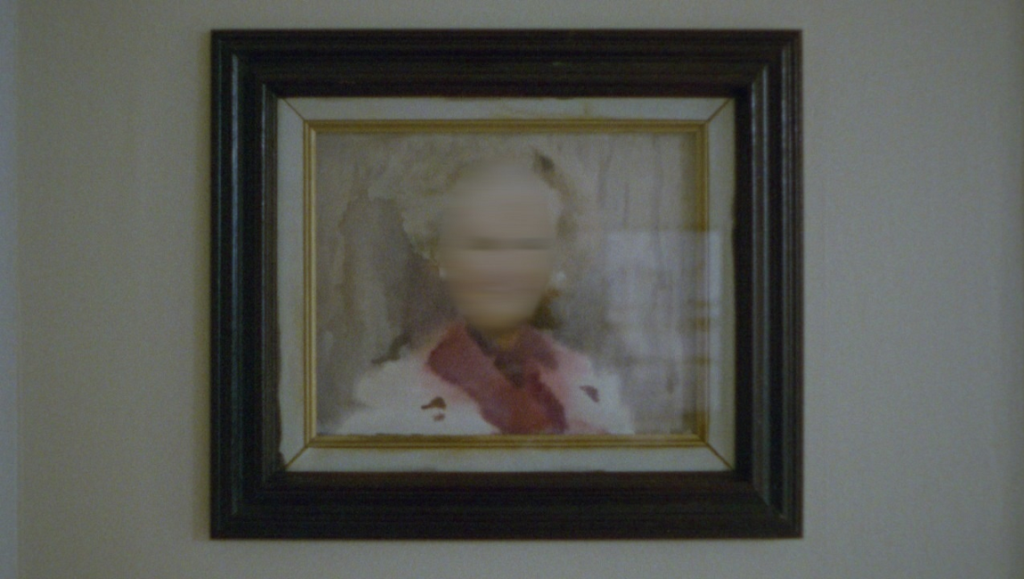Director Carl Elsaesser was teaching at Carleton College in Northfield, Minnesota when he learned of Joan Thurber Baldwin (1927-1990). She was a poet, amateur architect, and filmmaker whose scrappy 1950s melodramas were low-budget affairs. One can view digitized reels of her works online, but Elseasser isn’t interested in telling us much about Baldwin, or showcasing her artistic chops. In fact, he spends most of his quietly ambitious 30-minute film Home When You Return obfuscating details, even blurring out faces in the archival footage we see, which comes from a 1957 film titled A Change of Scene. Evocatively, he couples all this with shots of a home, one belonging to his late grandmother, Mary Patricia Wuest (1932-2020). Shooting on film, the images have a grainy quality that renders both sets of film as belonging to a bygone era. What Elsaesser accomplishes is a slick two-fold trick: In juxtaposing these two women who never knew each other, and documenting the people and spaces around them, he captures the strangeness and comforts of memory and home.
Home When You Return is largely memorable because of little decisions that go a long way. The aforementioned blurring is one: in preventing viewers from fully seeing the faces of these women and obscuring names (even “granny,” when written out as text), he constantly conjures up a spectral quality. This is not a somber or haunted film, though; Elseaesser’s footage and typed-up letters, which slowly scroll across the screen for viewers to patiently read, are more about capturing the way people and places can turn from flesh and blood into something less corporeal.
When his grandmother had to move out of her house and into a nursing home, Elseasser helped do some cleaning, and there’s a peculiarity with which one can sense the spirit of a person even through their belongings. Most striking is when he focuses on the imprints of furniture that are left on carpet: a mark of one’s long-term presence in a particular locale. Even more, the decision to strip Baldwin’s footage of its original audio and instead use hushed, non-diegetic field recordings has the semblance of stepping into a territory that one knows is far different from before. This idea is especially potent when we watch as a silhouette is placed atop footage of rooms in Wuest’s house, like a final tour of this place before saying goodbye. It’s touching and strange and beguiling. And really, that confluence is often the biggest impression that emanates after a loved one dies. They’re still there in some way, but not. Their impact on your life is felt, but in a different way. Elsaesser knows how to make absence feel like presence.
Published as part of Prismatic Ground 2022 — Dispatch 2.


Comments are closed.